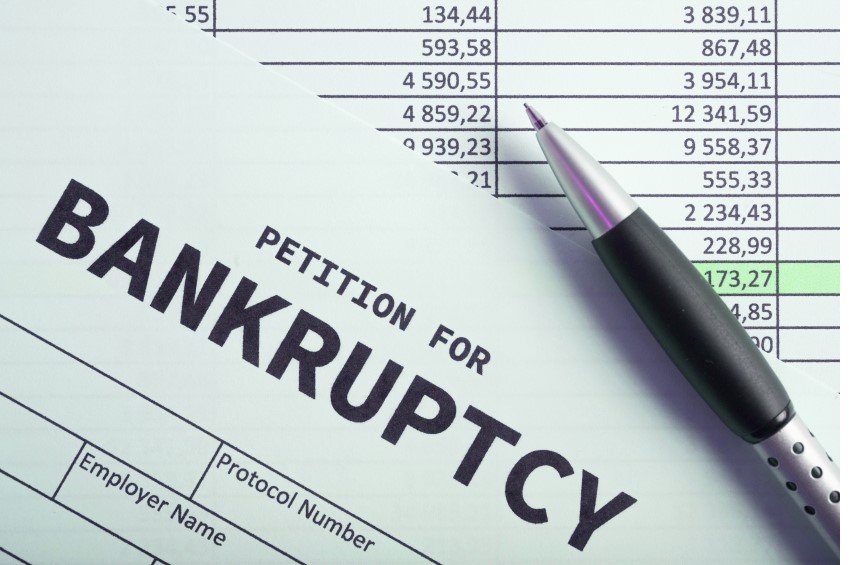Chapter 7 vs Chapter 11 for Consumers

Navigating the complexities of bankruptcy can be daunting for individuals facing financial distress. In consumer bankruptcy, two primary chapters, Chapter 7 vs Chapter 11, stand out as distinct avenues for debt relief. Understanding the nuances between these chapters is crucial and empowers individuals to make informed decisions about their financial futures. Chapter 7, known as “liquidation bankruptcy,” involves the sale of assets to discharge debts swiftly.
On the other hand, Chapter 11, often associated with business reorganization, offers a more intricate path for individuals looking to restructure their debts while retaining their assets. This introductory exploration sets the stage for a comprehensive examination of Chapter 7 versus Chapter 11, shedding light on the considerations and implications consumers must weigh when navigating bankruptcy.
Contents
- 1 Chapter 7 Bankruptcy
- 2 Chapter 11 Bankruptcy
- 3 Decision-making Factors
- 4 Process Comparison
- 5 Impact on Credit Score
- 6 Exemptions and Protections
- 7 Legal Assistance
- 8 Success Stories
- 9 Common Misconceptions
- 10 Case Studies
- 11 Future Financial Planning
- 12 Personalized Decision-making
- 13 Pros and Cons
- 14 Conclusion
- 15 FAQs(Chapter 7 vs Chapter 11 for Consumers)
Chapter 7 Bankruptcy
Chapter 7, commonly known as “liquidation bankruptcy,” involves selling a debtor’s non-exempt assets to pay off creditors. This chapter is suitable for individuals with limited income and few assets. Eligibility for Chapter 7 is determined by the means test, ensuring those who file genuinely need debt relief.
Chapter 11 Bankruptcy
In contrast, Chapter 11 is often associated with business reorganization, but individuals can also file under this chapter. Chapter 11 allows debtors to propose a plan to restructure their debts while retaining assets. This chapter is more complex and time-consuming than Chapter 7, making it a choice for those with higher incomes and assets.
Decision-making Factors
Choosing between Chapter 7 and Chapter 11 involves evaluating various factors. Individuals must consider their income, assets, and the nature of their debts. Factors such as the desire to retain specific assets or the need for a more extended debt repayment plan play a crucial role in decision-making.
Process Comparison
Filing for Chapter 7 involves a straightforward liquidation of assets, leading to a quicker resolution. On the other hand, Chapter 11 requires submitting a reorganization plan, subject to approval by creditors and the court. The timelines and complexities differ significantly between the two chapters.
Impact on Credit Score
Concerns about the impact on credit scores are common among those considering bankruptcy. Chapter 7 typically has a more immediate negative effect, but the ability to rebuild credit begins sooner. Chapter 11, with its reorganization plan, may have a less severe impact, but the recovery process takes longer.
Exemptions and Protections
Chapter 7 provides specific exemptions that protect certain assets from being sold to repay debts. Chapter 11, while not having the same exemptions, offers protections to consumers to prevent creditors from taking drastic actions against them during the reorganization process.
Read More: Chapter 7 Bankruptcy and Debt Relief: What You Can Expect
Legal Assistance
Seeking legal advice is crucial before deciding on Chapter 7 or Chapter 11. Legal professionals can assess individual financial situations, guide through the legal process, and help craft a strategy that aligns with the debtor’s goals.
Success Stories
Real-life success stories abound for both Chapter 7 and Chapter 11 filers. Consumers who opted for Chapter 7 share stories of a quicker, fresh start, while those who navigated Chapter 11 successfully highlight the preservation of assets and the creation of sustainable debt repayment plans.
Common Misconceptions
Addressing misconceptions is essential to providing a clear understanding of the bankruptcy process. Common myths about Chapter 7 being a financial death sentence and Chapter 11 being exclusively for businesses need debunking.
Case Studies
Analyzing specific cases can provide insight into the implications of choosing Chapter 7 or Chapter 11. Case studies showcase how individuals tailor their choices to suit their financial circumstances.
Future Financial Planning
Post-bankruptcy financial planning is crucial for consumers. Tips on rebuilding credit, budgeting, and responsible financial management can help individuals regain their financial footing after the bankruptcy process concludes.
Personalized Decision-making
There is no one-size-fits-all solution in bankruptcy. Personal circumstances dictate whether Chapter 7 or Chapter 11 is the more suitable option. Understanding one’s financial situation and goals is paramount to making the right decision.
Pros and Cons
Summarizing the advantages and disadvantages of Chapter 7 and Chapter 11 provides a clear overview. Individuals can weigh these factors against their circumstances to make an informed decision about the path that aligns with their goals.
Read More: The Ins and Outs of Bankruptcy Law (2023)
Conclusion
In conclusion, the choice between Chapter 7 and Chapter 11 for consumers is nuanced and highly individualized. While Chapter 7 offers a quicker, fresh start through liquidation, Chapter 11 provides a structured path for debt reorganization. Consumers are encouraged to seek professional advice, evaluate their unique situations, and make decisions that align with their financial aspirations.
FAQs(Chapter 7 vs Chapter 11 for Consumers)
How long does the Chapter 7 bankruptcy process typically take?
The Chapter 7 process usually takes 3 to 6 months from filing to discharge.
Can I keep any assets if I file for Chapter 7?
Yes, certain assets are exempt from liquidation under Chapter 7.
Is Chapter 11 only for businesses, or can individuals file under this chapter?
While Chapter 11 is commonly associated with businesses, individuals can file for Chapter 11 bankruptcy.
How does filing for bankruptcy impact my credit score?
Filing for bankruptcy initially has a negative impact, but with responsible financial management, individuals can rebuild their credit over time.
What is the primary factor in choosing between Chapter 7 and Chapter 11?
The decision often hinges on individual income, assets, and the desire for a quick, fresh start versus a structured debt reorganization plan.





